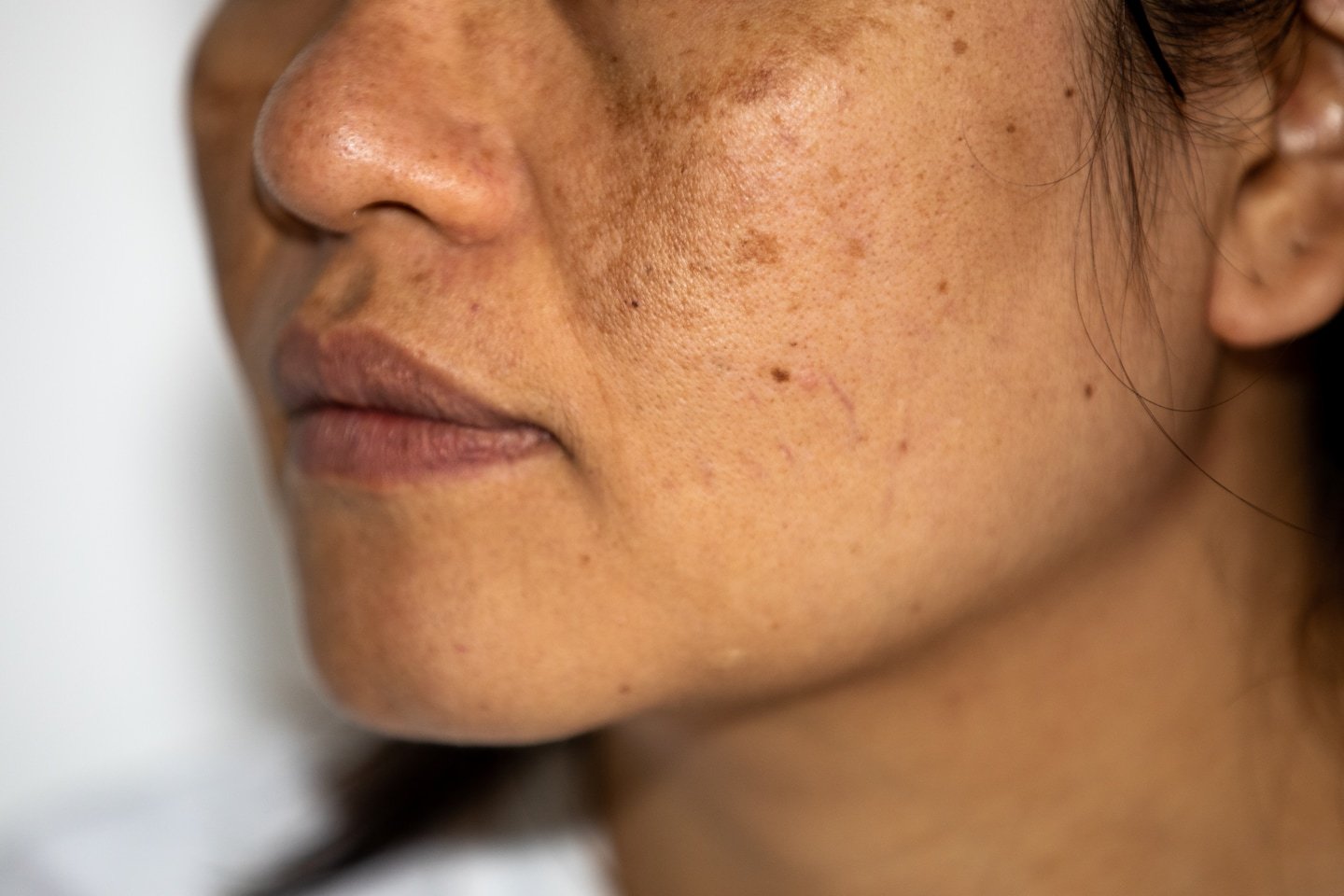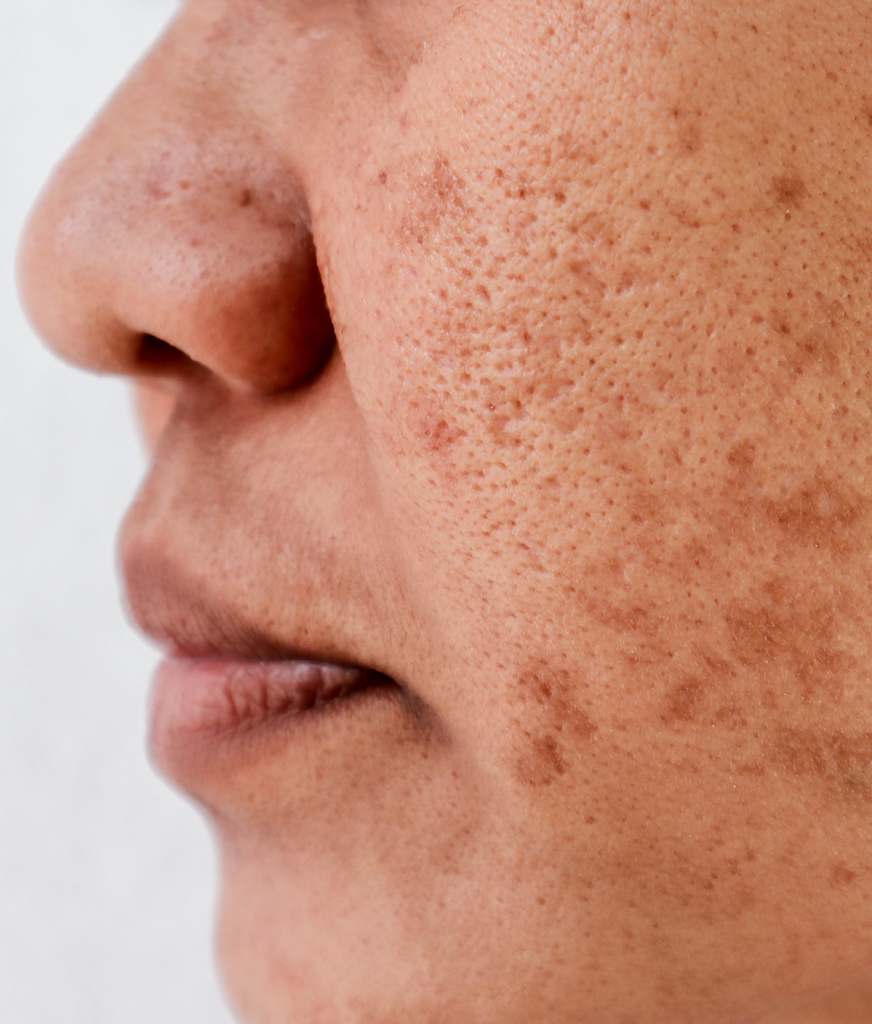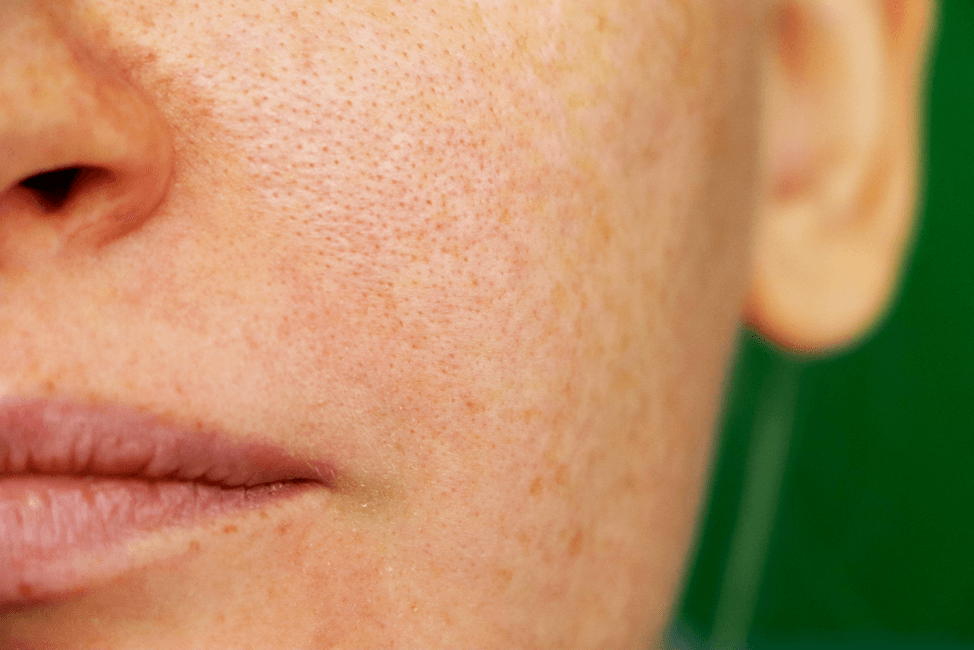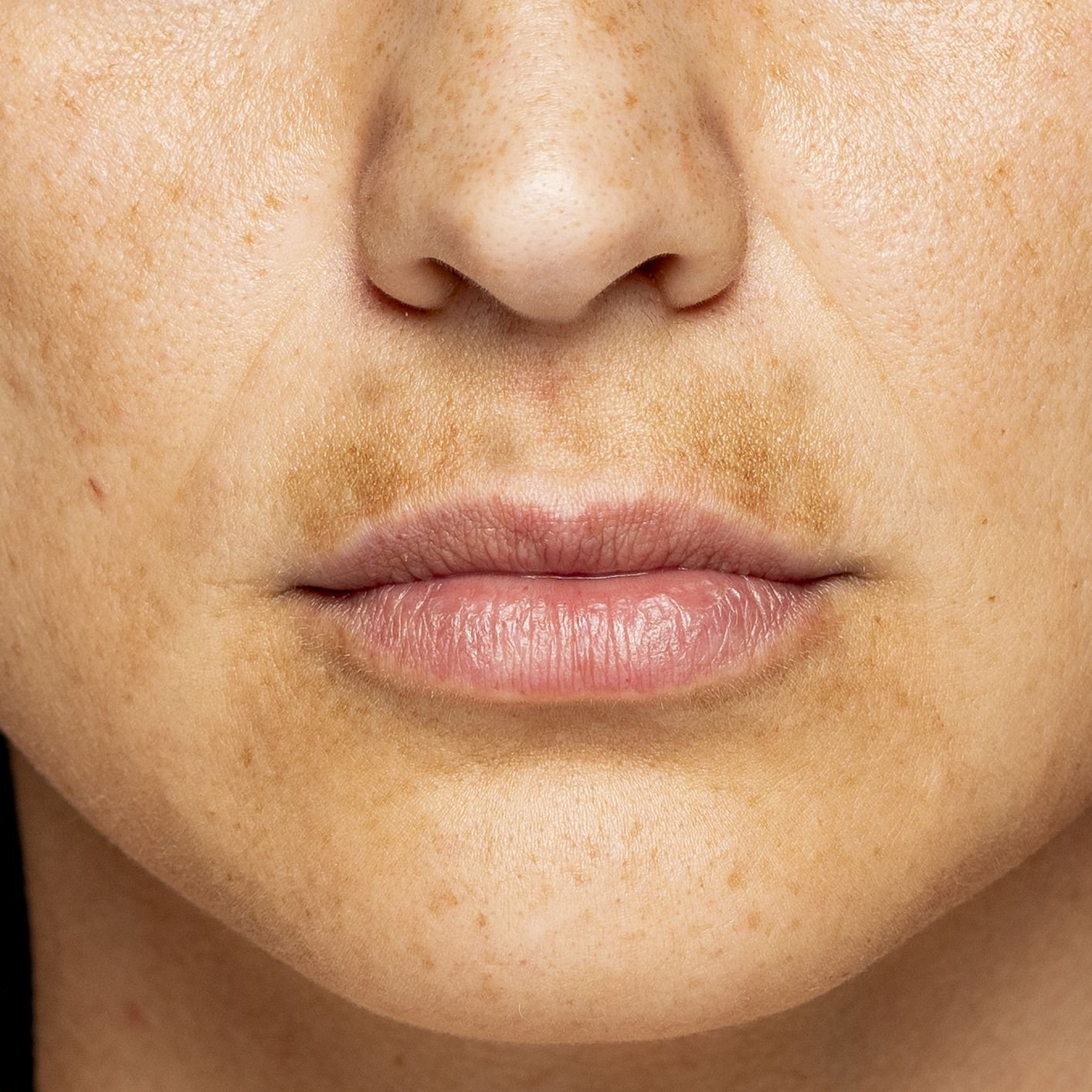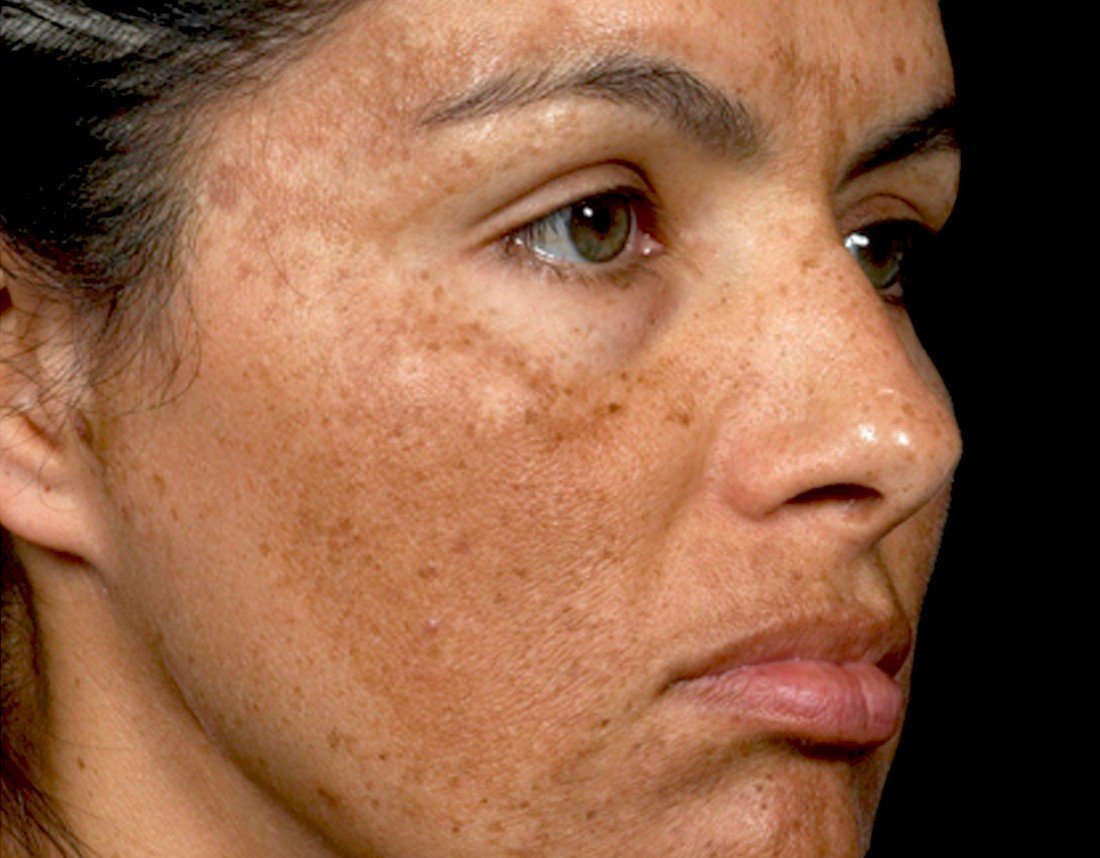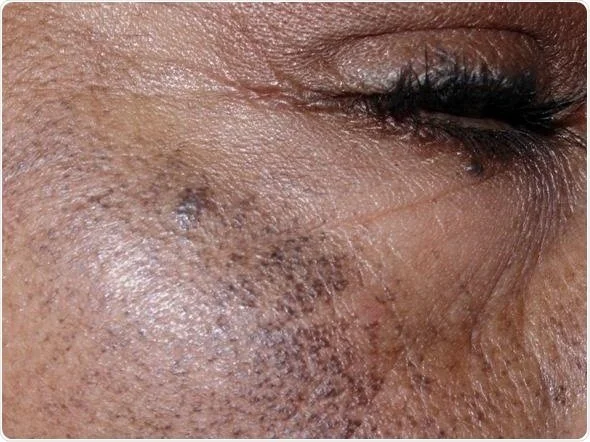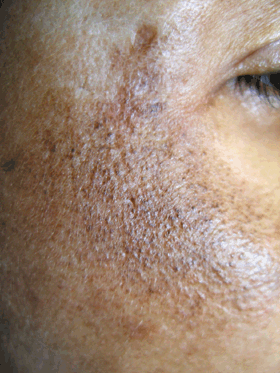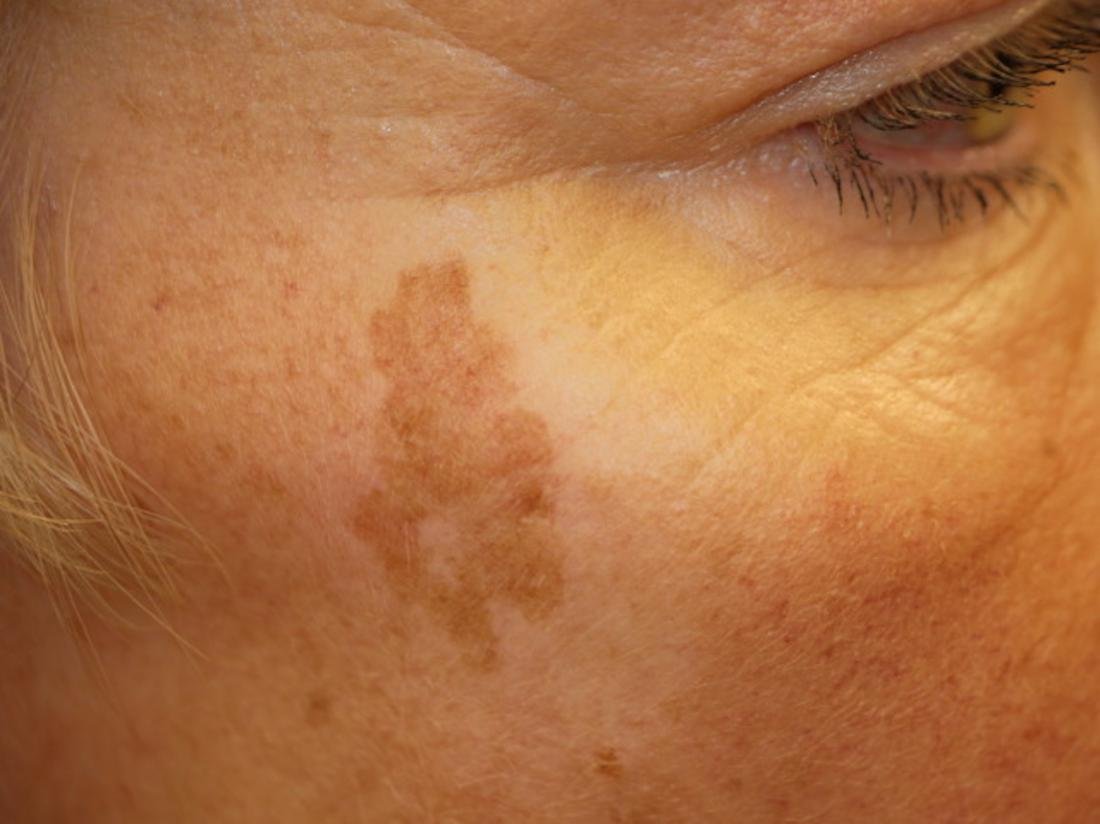What is hyper-pigmentation and how do you treat it?
What is hyper-pigmentation?
Hyper-pigmentation is a term that describes parts of the skin that appear darker. The size and location can vary from tiny freckles to larges patches that can cover your whole body. Hyper-pigmentation isn’t harmful but can be an underlying symptom of another medical condition. On the other hand hypo-pigmentation is the lack of pigment, however that is a topic for another day.
How does hyper-pigmentation form?
Melanin is what creates colour in our bodies. It is produced by melanocyte cells in the lower layer of the epidermis. When these skin cells become damaged or unhealthy they produce more melanin. As the body ages, the melanocytes distribution becomes less regulated by the body. When the melanocyte cells are stimulated and have a large concentration, they produce hyper-pigmentation. This stimulation can be caused by:
· Medications
· Pregnancy
· Addisons disease
· UV exposure
· Hormone changes
You can also develop pigmentation post-acne healing. This type of pigmentation is called PIH or Post-Inflammatory Hyper-pigmentation. People with darker skin tones are usually more susceptible to hyper-pigmentation.
Popular TReatments
There are several forms of treatments that are used to lighten or remove pigmentation from the skin. Here is a list of the most popular modalities:
Topicals
Topical treatments target the enzyme tyrosine hydrolase which is the starting point of melanin production in our skin. The following products target this enzyme by inhibiting its production.
Kojic Acid is derived from fungi and is also a by-product of the fermentation process of sake, soy sauce and rice wine. This natural acid is anti-microbial and anti-fungal making it a great ingredient in treating acne as well as yeast, candida, ringworm and athlete’s foot. It is currently approved for use with 1% or less concentration. Common side effects can include redness, irritation, itchiness, rashes, swelling and pain. It is highly discouraged to use on open skin and some sources claim that it is linked to cancer. Long term use will cause you to be very photosensitive and even more reactive to UV skin damage which will reverse its skin lightening benefits.
Azelaic Acid is naturally derived from grains such as barley and wheat. Like Kojic Acid it is anti-microbial with anti-inflammatory properties which makes it good for treating acne and rosacea. This is a slow working acid which means it could take a longer period of time before you start seeing results. It works by encouraging cell turnover and stopping discoloured cells from populating. Since this is an acid it will also come with some side effects which will include skin burning, dryness, peeling and in some cases blistering, itching and swelling. Even with these side effects it has been deemed to be as effective as Accutane for acne treatment.
Retinoids are a form of Vitamin A and can come in natural and synthetic forms. Tretinoin specifically is a prescription only product that will have a more intense effect in comparison to its gentler sibling, Retinol and Retinaldehyde. Tretinoin is a synthetic form Vitamin A that is used to improve the skins surface appearance. Retinoids work by irritating the skin which encourages rapid cell turnover, meaning they both promote rapid exfoliation and stimulation of collagen and elastin, which leads to smoother looking skin. Tretinoin is known by its brand name Retin-A and should not be confused with Retinol or Retinaldehyde. Tretinoin is a much stronger, harsher product that is not recommended for sensitive skin. Retinol is the middle ground and Retinaldehyde is the most gentle and safest for sensitive skin. All of these ingredients will cause redness, dryness, peeling and itchiness in varying degrees based on the percentages of active ingredient.
L-Ascorbic Acid or as its commonly known as Vitamin C, is a powerful antioxidant. It works by holding off environmental and uv sun damage of the cells. Vitamin C is known to be a brightening product but should be paired with SPF to protect the skin from further damage. Once applied to the skin it creates a barrier that holds for up to 8 hours, ideally you would reapply after 8 hours of wear. It shouldn’t be used with retinoids at the same time as it will react causing discomfort. Vitamin C is an unstable product and should be packaged in an air tight, dark container to prevent oxidization otherwise it will degrade and the lose its efficacy. Most commonly formulated in 10-20% concentrations, L-ascrobic acid should be listed on the top 3 ingredients list.
Niacinamide is a form of Vitamin B3. It is fantastic for improving your overall complexion, minimizing pores and treating fine lines. It is also a great ingredient for boosting your natural skin barrier to prevent TEWL (trans-epidermal-water-loss).It controls sebum production and breaks apart existing hyper pigmentation. It is commonly used with Vitamin C and retinoid but can cause allergic reaction due to the fact that it creates a histamine reaction. It is a very gentle product and therefore results are not immediate. Ideally this ingredient should be formulated into a product at 2-5% concentrations.
Hydroquinone is very controversial product for skin lightening. It is currently banned in the EU & US and was previously questioned by the FDA for mercury contamination and carcinogenic properties. It is a powerful skin lightener and used to lighten your overall complexion, not just your darker areas. Hydroquinone bleaches the skin by decreasing the amount of melanocytes in the skin. It has no effect of pigmentation from active acne and not recommended for dry, sensitive skin. It can also worsen pigmentation for people with darker complexions. Hydroquinone is also known to cause ochronosis, a disfiguring disease in which blue-black pigments are left in the skin.
Lasers
Lasers have been a more common modality for treating multiple skin issues but especially hyperpigmentation. There are two forms of lasers: ablative and non-ablative. Both also come as fractionated and non-fractionated as well as lasers that employ radio-frequency. Ablative lasers are more intense and work by removing layers of the skin thus causing longer downtimes. Non-fractionated lasers act on the entire targeted surface whereas fractionated work on smaller portions of the targeted area. Non-ablative lasers target the dermis to promote collagen growth and are more commonly used to treat melasma and PIH. IPL would be considered a non-ablative service as it targets the pigmentation underneath the skin.
Deep Exfoliation
Most commonly known types of deep exfoliation come in chemical forms such as, Glycolic, TCA and BHA. These peels that can range in percentages that are safe for home use as well as professional grades that are used by a dermatologist. They treat dark spots by removing the top layers of the skin allowing it to regenerate. The regenerated skin will be more evenly pigments causing the existing pigmentation to be less visible. Chemical peels are more effective than microdermabrasion or dermaplaning when addressing hyperpigmentation. Both chemical peels and microdermabrasion treatments will cause irritation to sensitive skin and can cause scarring and inflammation. Deep peels should not be used for dark skin as it can create more hyperpigmentation, however microdermabrasion and dermaplaning can be used on all skin tones.
Microneedling
Microneedling is one of the fastest growing skin treatments that can address a multitude of skin concerns such as general skin rejuvenation, acne scarring and melasma. Microneedling works by repeatedly puncturing the skin with microneedles that create tiny wounds that trigger your body’s natural healing process. The needles break apart the melanin clusters underneath the skins surface. Microneedling works great on its own but when paired with a powerful serum that is meant to address pigmentation, will catapult the results much faster. This treatment is great for all skin types and skin tones but should be avoided by individuals with chronic skin conditions such as active acne or skin infections.
Our most popular treatments that we like to offer our clients are the Powerhouse Facial and the classical Microneedling sessions. Our Powerhouse Facial uses Retinaldehyde as a gentle peel to boost collagen production and target melasma, PIH and fine lines as well as Dermaplaning to give you the instant glow plus better product penetration. We like to sandwich our Powerhouse Facial with Microneedling (or vice versa!) for the ultimate skin rejuvenation process.
You can fine our list of available treatments HERE

